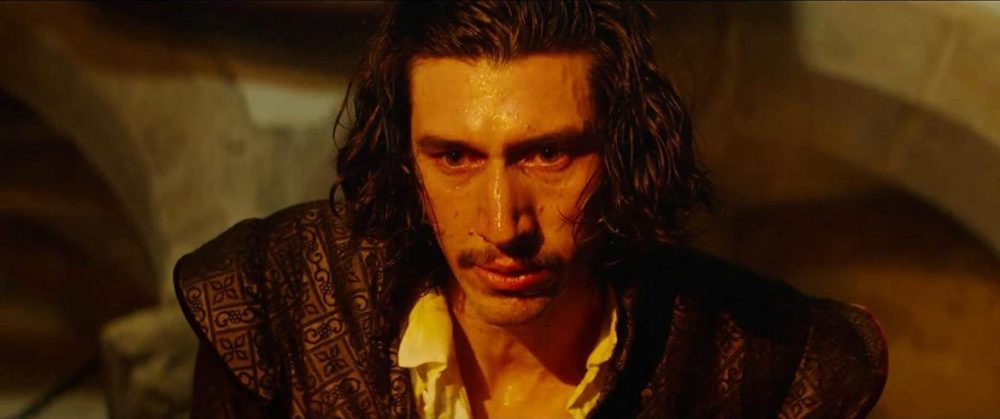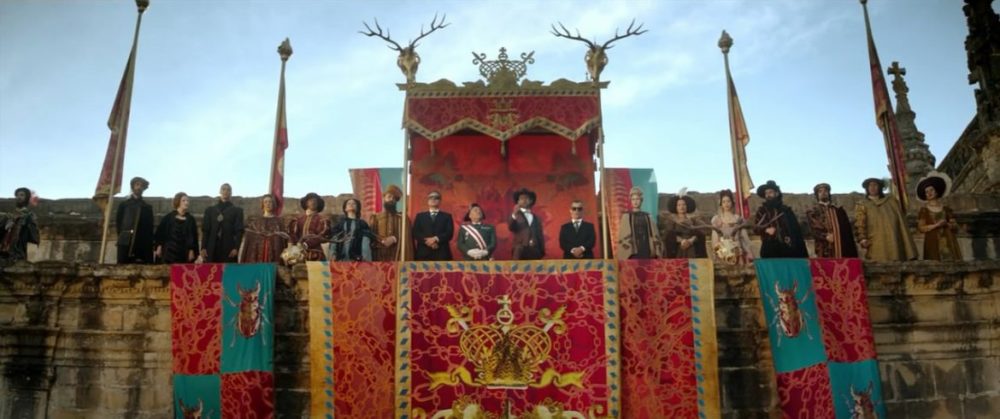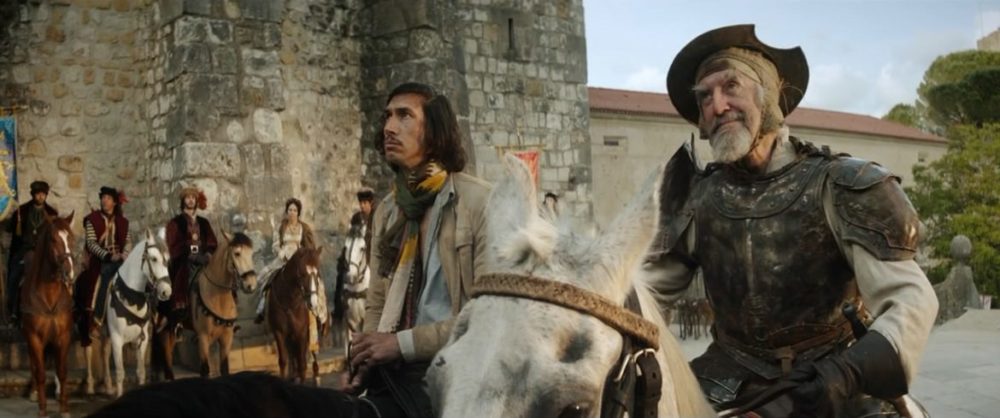TL;DR
Terry Gilliam's long-gestating passion project, *The Man Who Killed Don Quixote*, finally arrives after nearly 30 years. The film follows a director who revisits his past only to find the actor he cast as Quixote now believes himself to be the knight. While Adam Driver leads, his performance is less compelling than expected, and budgetary limits lead to narrative confusion, removing a planned time-travel element. Jonathan Pryce shines as Quixote, and the Blu-ray offers good technical quality, but lacks substantial bonus features. Ultimately, the film is a mixed bag – a testament to Gilliam's perseverance but not the masterpiece it could have been. Discover if this epic journey is worth embarking on in our full review!
The beleaguered commercial director Toby (Adam Driver) revisits the origins of his career. Years prior, as a young filmmaker, he created a film centered on the disillusioned Don Quixote (Jonathan Pryce). He returns to the original filming locations and encounters the lead actor from his former project, who now firmly believes himself to be Don Quixote. This encounter initiates a surreal narrative, blurring the lines between reality, fantasy, and delusion.

Terry Gilliam dedicated nearly three decades to completing The Man Who Killed Don Quixote, a journey chronicled in the compelling 2002 documentary, Lost in La Mancha. That earlier attempt starred Johnny Depp as Toby and French actor Jean Rochefort as Don Quixote. Beset by numerous production setbacks, the project was ultimately abandoned. Now, 17 years later, the completed film has arrived. Unfortunately, the final product proves disappointing. While I hoped to offer enthusiastic recommendations and declare it a must-see, I find myself unable to do so.
A primary issue with The Man Who Killed Don Quixote stems from budgetary constraints. While Adam Driver has achieved A-list actor status, his performance lacks the charisma that Johnny Depp might have brought to the role. Driver’s portrayal results in a less sympathetic character, making it difficult for the audience to fully engage. Jonathan Pryce, however, delivers a compelling performance as the shoemaker who embraces the identity of Don Quixote. The limited budget also impacts the narrative. The original concept incorporated time travel, with Toby encountering the actual Don Quixote rather than an actor, thus initiating the bizarre adventures. While the time travel element has been removed, remnants of it remain, leading to a sense of narrative ambiguity. The film seems uncertain of its thematic footing; the most surreal sequences retain a degree of logic when viewed through the lens of “time travel“.

The Blu-ray edition offers commendable picture and sound quality, featuring crisp colors and a balanced audio mix. However, the disc’s supplemental content is sparse, limited to a few trailers for other films. The inclusion of documentaries or a commentary track detailing the film’s complex production history would have been a valuable addition. A missed opportunity.

Is The Man Who Killed Don Quixote worth watching? Despite falling short of its potential, the film possesses numerous redeeming qualities and represents one of Terry Gilliam’s stronger recent works. While not the film he initially envisioned, it reflects the constraints imposed by external factors. Gilliam’s perseverance in completing the project is commendable. Therefore, the film receives a qualified recommendation, but falls short of a more enthusiastic endorsement.
